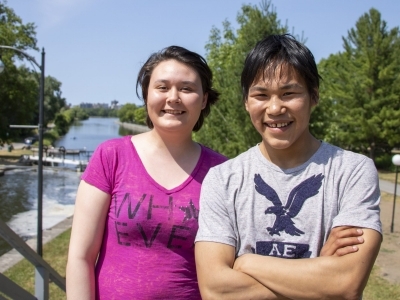Carleton University is a member of The Conversation, a unique digital journalism platform that boosts the visibility of Canada’s academic faculty, researchers and PhD candidates. The platform aims to elevate understanding of current affairs and complex issues to facilitate quality public discourse.
It has been a uniquely complex and challenging year and the exchange of factual, well-researched information was more critical than ever.
Our amazing Carleton academics wrote engaging pieces that shared their expertise on a range of topics from the arts, science, energy and the environment, business and economy, to politics, health, medicine and education.
Take a look at our Top 10 most read pieces in The Conversation in 2020!
Venus was once more Earth-like, but climate change made it uninhabitable

By Richard Ernst (Earth Sciences)
We can learn a lot about climate change from Venus—our sister planet—writes Carleton University Earth Sciences Prof. Richard Ernst. Venus currently has a surface temperature of 450℃ (the temperature of an oven’s self-cleaning cycle) and an atmosphere dominated by carbon dioxide (96 per cent) with a density 90 times that of Earth’s. Venus’ surface is totally inhospitable.
However, Venus once likely had an Earth-like climate. According to recent climate modelling, Venus had surface temperatures similar to present-day Earth for much of its history. It likely had oceans, rain, perhaps snow, maybe continents and plate tectonics, and even more speculatively, perhaps even surface life.
South Africa has raised social grants: why this shouldn’t be a stop-gap measure
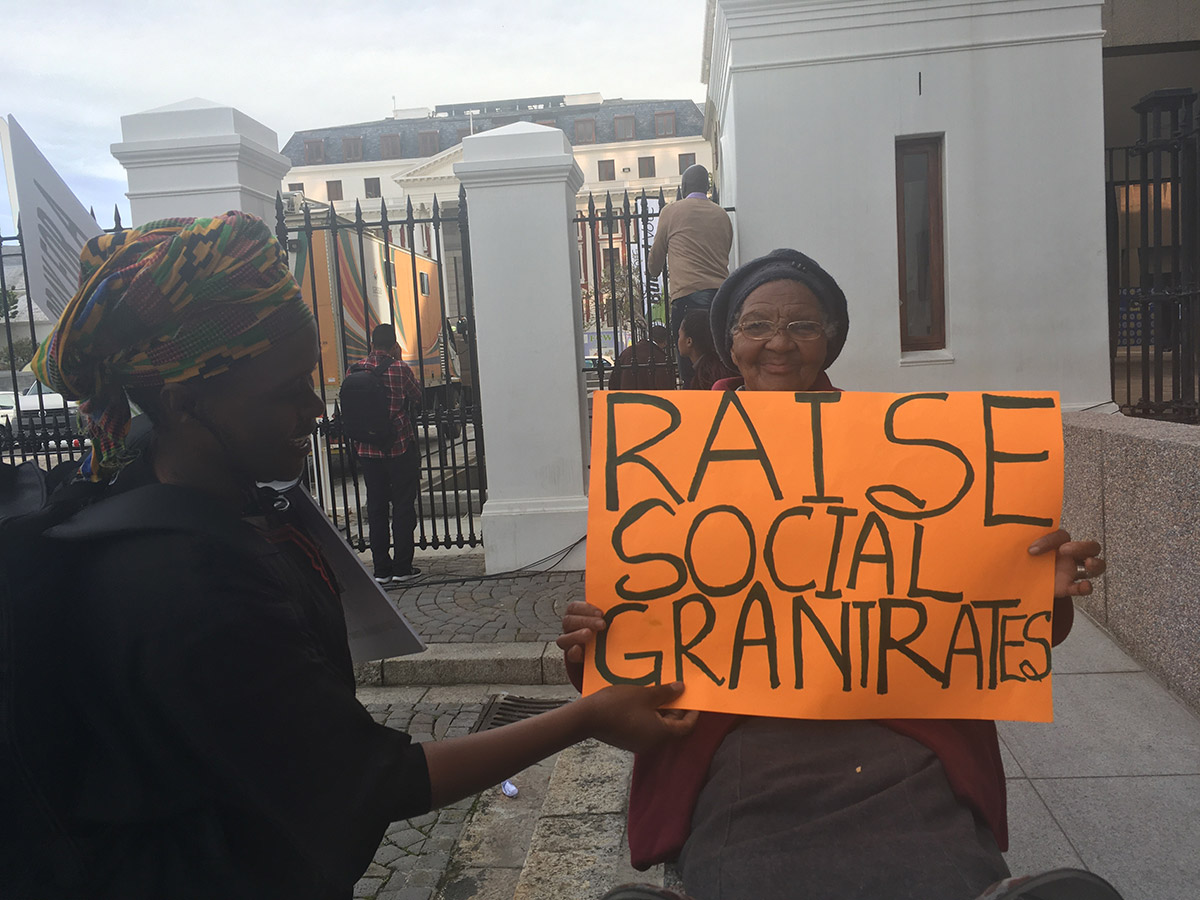
By Christopher Webb (Geography and Environmental Studies) and Natasha Valley
In the spring of 2020, South African President Cyril Ramaphosa announced a significant package of social and economic measures to address the fallout from the country’s COVID-19 lockdown. The package includes a $50-billion increase to the value of existing social grants, a new grant, and delivery of food parcels to poor households. All the measures will last for six months.
The news came after civil society organizations, researchers and unions expressed concerns about the shortfall in existing welfare support.
To deal with South Africa’s persistent inequality, high unemployment and the economic aftermath of the pandemic, grant increases must remain in place after the six-month period, argues Prof. Christopher Webb with Carleton’s Department of Geography and Environmental Studies.
Coronavirus shows why Canada must reduce its dependence on the U.S.

By Philippe Lagassé (Norman Paterson School of International Affairs) and Srdjan Vucetic
Canadian foreign policy has long embraced both a deep continental relationship with the United States and a devotion to liberal internationalism. In light of the COVID-19 pandemic, the time has come to re-evaluate our approach.
While Canada has been able to manage the coronavirus crisis so far, our ability to continue to keep the pandemic at bay and successfully rescue the economy will likely be even more difficult, writes NPSIA Prof. Phillippe Lagassé.
Why Canadians and Americans are buying guns during the coronavirus pandemic
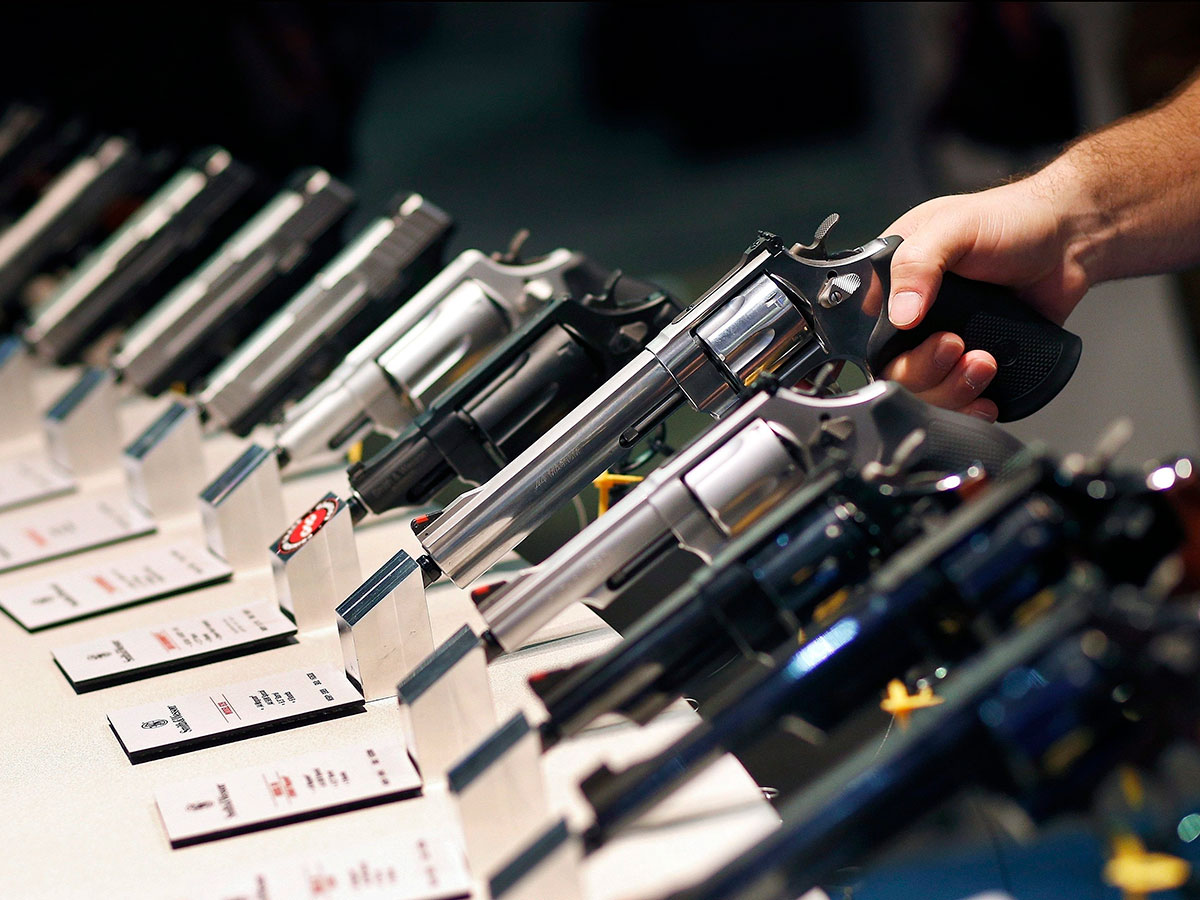
By Noah S. Schwartz (PhD candidate, Political Science)
The COVID-19 pandemic has caused a surge in gun sales. Estimates based on background checks show that an estimated 2.6 million guns were sold in the United States in March. That is an 85-per-cent increase over the same period last year.
While there are no official numbers, gun stores in Canada have also reported increased sales. This has spurred some news media to draw comparisons between the two nations’ gun-sales spikes, potentially stoking fears of the Canadian public.
This angst has been echoed by gun control groups in Canada that have expressed concerns regarding the impact of “increased access to guns” on public health.
But few have noted the three key differences between the American and Canadian COVID-19 gun-sales spikes. This includes why people are buying guns, how they are buying guns and who is buying what, says Carleton Political Science PhD candidate, Noah Schwartz.
A fossil discovery reveals the earliest relative of modern mammals
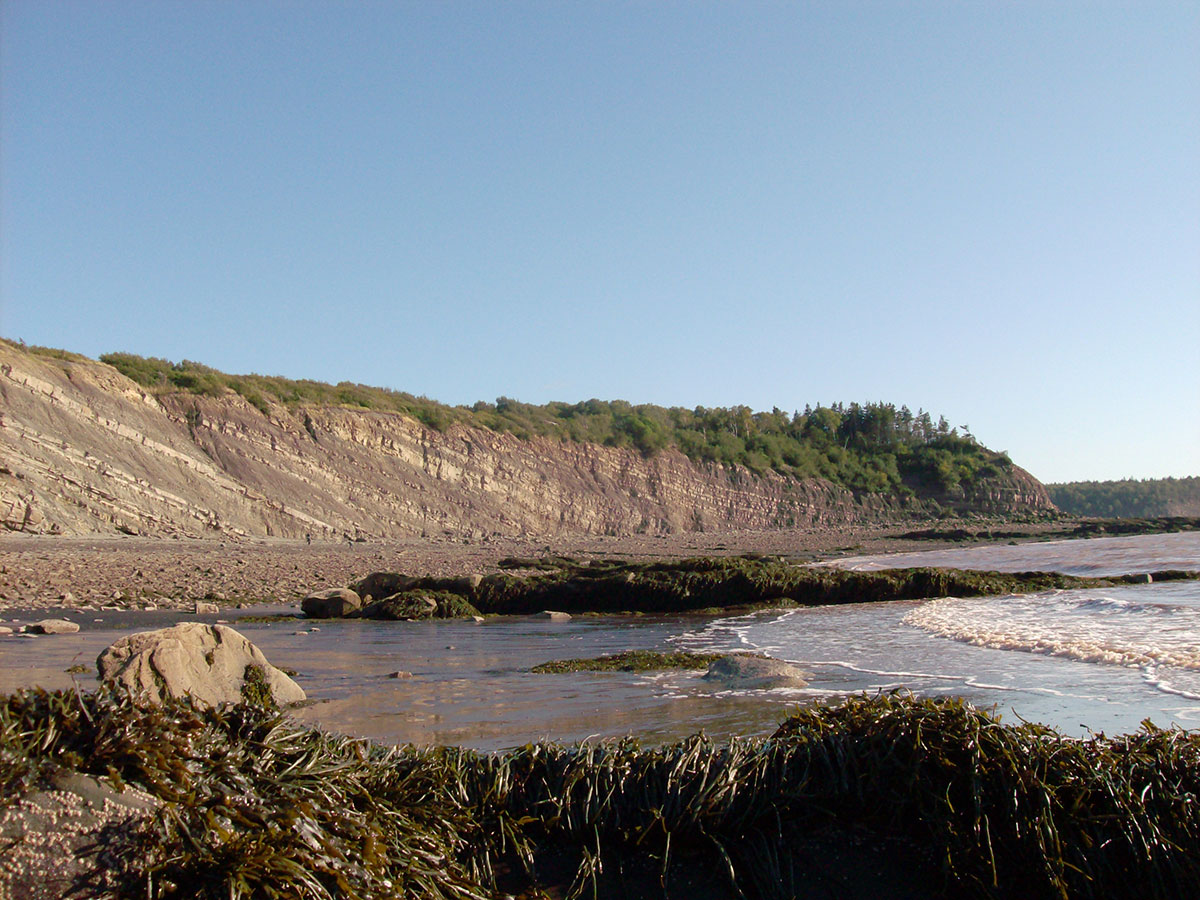
By Arjan Mann (PhD candidate, Earth Sciences), Bryan Gee, Jason D. Pardo
Over 300 million years ago, our ancestors diverged from the ancestors of reptiles and began the evolutionary journey toward becoming mammals.
What were these earliest ancestors like? For one, they looked nothing like modern mammals. The group known as synapsids — described as “mammal-like reptiles” — looked much more like reptiles, but could be distinguished by a single large opening in the cheek, likely for jaw muscles. Synapsids slowly ascended to the top of the food chain, but we still know very little about the first 10 million years of synapsid evolution.
As PhD candidates in paleontology, the authors of this The Conversation piece are working on different aspects of early tetrapod — four-footed animals — evolution. The three authors led a diverse research team that revisited some fossils which had been described as an early reptile named Asaphestera, collected in Nova Scotia. Their study led to a number of surprising results, the most significant of which is our identification of Asaphestera as the earliest definitive synapsid fossil.
‘I choose to be a cyborg:’ why I implanted computer chips in my hands

By Tamara P Banbury (PhD Candidate, Communication Studies)
I have computer chips in my hands, writes Tamara P Banbury, PhD candidate in Carleton’s School of Journalism and Communication.
The tiny (two millimetre by 12 millimetre) glass ampules are nestled just under the skin on the back of each of her hands and were implanted by a local body piercer several years ago.
The chip in her right hand is a near-field communication device that she can scan with an app on her smart phone to access and rewrite the information stored on it. It can contain a minuscule 888 kilobytes of data storage and only communicates with devices less than four centimetres away. In her left hand is a chip designed as a digital verification device that uses a proprietary app from the developer Vivokey.
There are thousands of people all over the world with chip implants; people Banbury calls “voluntary cyborgs.” These are people involved in the community and practice of implanting technology beneath their skin for enhancement or augmentation purposes and she has counted herself as a member of this subculture for several years.
Her research in the community has focused on the formation of a distinct subculture and its representations in popular media. In this piece, Banbury explains why she chose to become a part of this community.
Devils of the deep: How jumbo squids survive freezing cold, oxygen-deprived waters
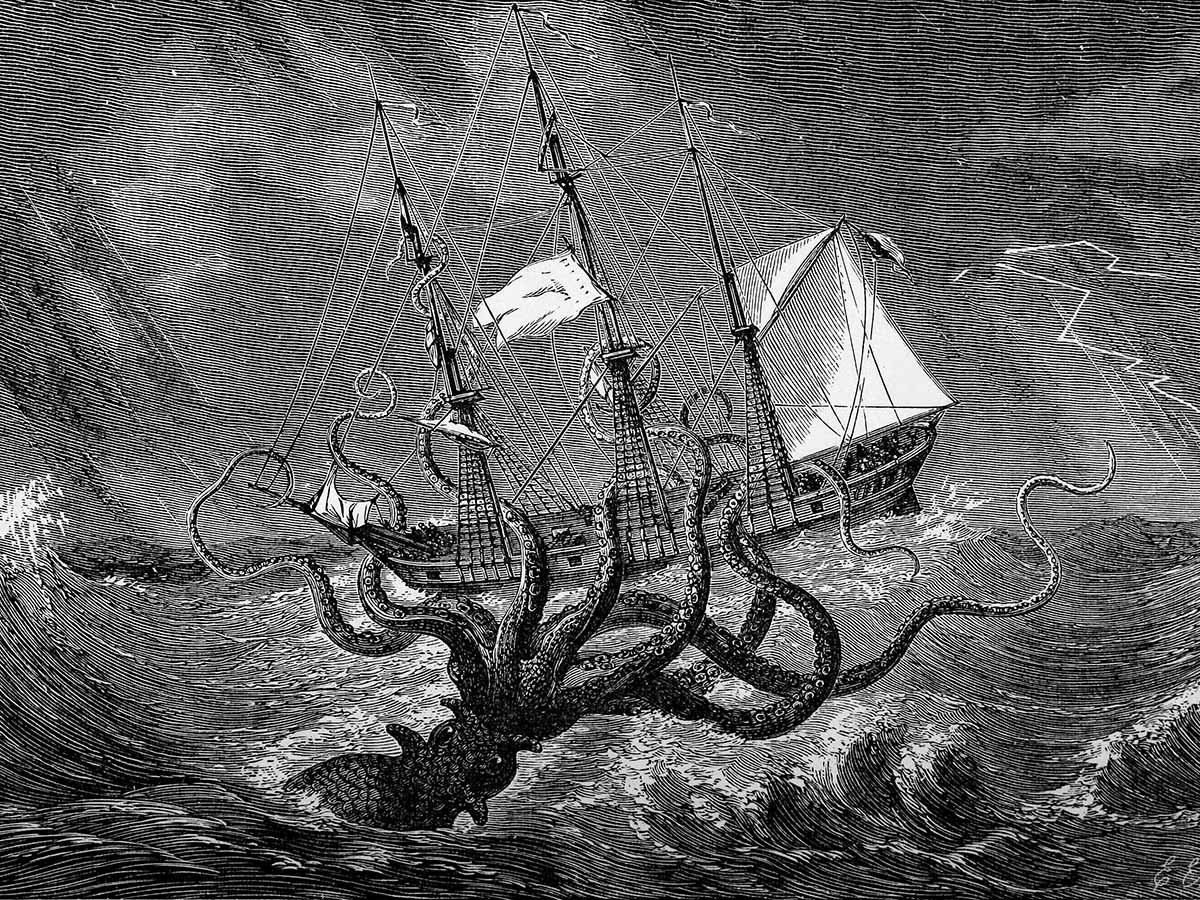
By Kenneth B. Storey (Biology) and Hanane Hadj-Moussa (PhD candidate, Biochemistry and Molecular Biology)
Humans are a picky species, says Carleton Biology Prof. Kenneth B. Storey and Biochemistry and Molecular Biology PhD candidate, Hanane Hadj-Moussa. We are happiest in a near-constant environment and experience severe and often fatal injuries if our core temperature falls below 25 C or if oxygen content of the air drops below 10 per cent.
Many other species, however, live in almost constant change.
Consider the red devil squid. Also known as the Humboldt or jumbo squid (Dosidicus gigas), it rises every night from the depths of the ocean for a few hours of frenzied feeding at the surface. Before dawn breaks, it leaves these warm waters and sinks back into the frigid abyss of crushing pressure and low oxygen.
As molecular biochemistry researchers, the Carleton duo explores how squids adapted to daily changes in the environmental conditions imposed by their vertical lives.
Science fiction explores the interconnectedness revealed by the coronavirus pandemic

By Mayurika Chakravorty (English)
In the early days of the coronavirus outbreak, a theory widely shared on social media suggested that a science fiction text, Dean Koontz’s 1981 science fiction novel, The Eyes of Darkness, had predicted the coronavirus pandemic with uncanny precision. COVID-19 has held the entire world hostage, producing a resemblance to the post-apocalyptic world depicted in many science fiction texts.
Canadian author Margaret Atwood’s classic 2003 novel Oryx and Crake refers to a time when “there was a lot of dismay out there, and not enough ambulances” — a prediction of our current predicament.
However, the connection between science fiction and pandemics runs deeper. They are linked by a perception of globality, what sociologist Roland Robertson defines as “the consciousness of the world as a whole,” explains Carleton English Prof. Mayurika Chakravorty.
Coronavirus: How new simulations can predict the spread of future pandemics
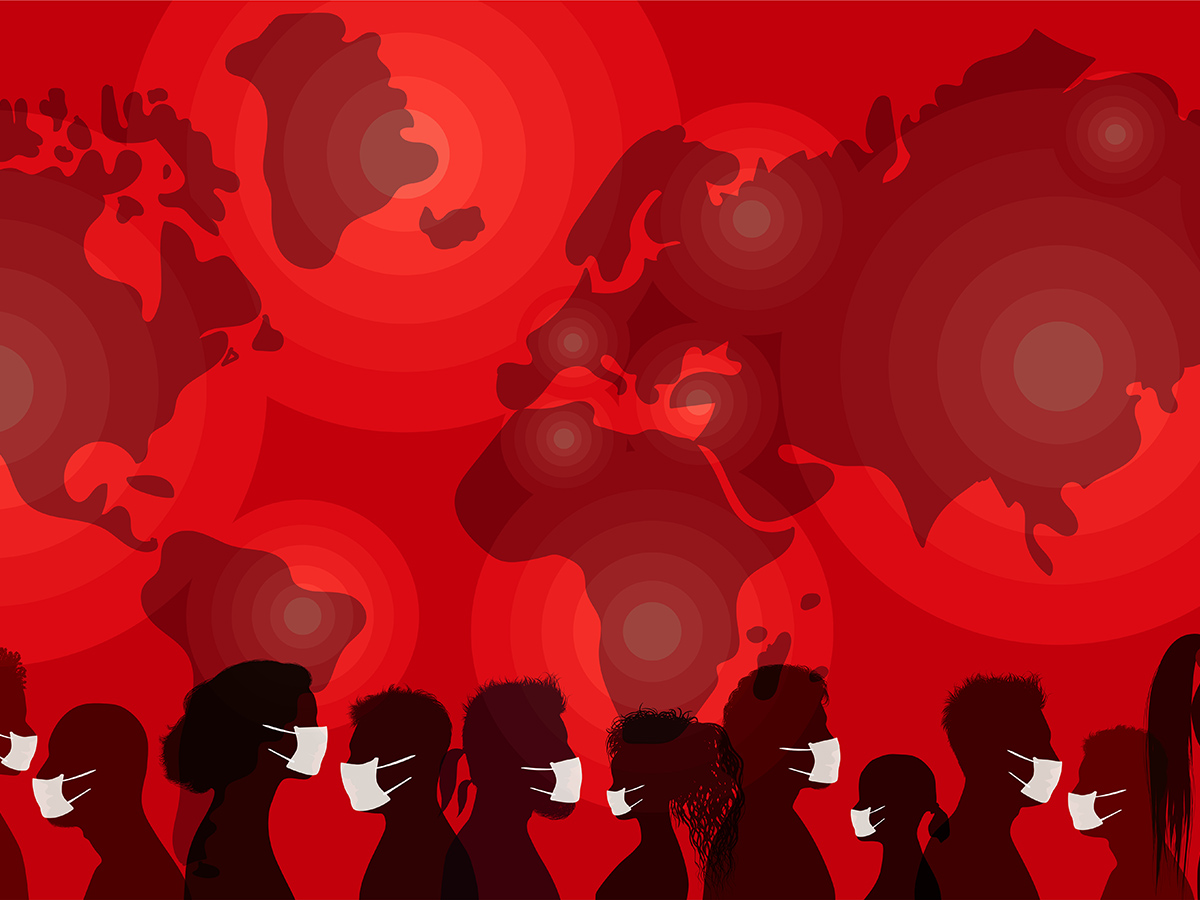
By Cristina Ruiz Martin, Gabriel Wainer and Hoda Khalil (Systems and Computer Engineering)
Pandemics are not new. We have historical records on the effects of pandemics dating from as early as 3000 BC. Between 1348 and 1350, the Black Death killed a quarter of the population in Europe. A century later, European diseases killed large numbers of Indigenous people in what is now known as Canada and the rest of the Americas.
The 1918 Spanish flu caused about 50 million deaths worldwide. Since then, we have suffered deadly outbreaks of smallpox, pertussis, Ebola, SARS, Avian flu and many others.
Although natural observations and social experiments allow us to study past diseases and their patterns, this is not enough to prevent future crises. To efficiently predict the spread of a disease, there is a clear and urgent need for new tools and methodologies that can easily assimilate possible factors, such as weather patterns and human behaviour.
This research group in Carleton’s System and Computer Engineering Department has defined new methods and distributed simulation techniques to study different aspects of the spread of disease. Their research also studied diffusion processes based on social interactions, like those happening during epidemics.
What you need to know about rebranded skin-whitening creams

By Amina Mire (Sociology and Anthropology)
Corporations like Unilever, L’Oréal and Johnson & Johnson announced they will no longer sell products that mention “skin whitening.”
These companies will now adjust how they market their products, especially on social media. However, they will continue to promote creams and serums formulated for skin-whitening effects. These companies have already developed other terms besides “skin whitening” to promote their products. Sociology and Anthrology Prof. Amina Mire tells us what we need to know about these rebranded products.
Wednesday, December 23, 2020 in Faculty of Arts and Social Sciences, Faculty of Engineering and Design, Faculty of Graduate and Postdoctoral Affairs, Faculty of Public and Global Affairs, Faculty of Science
Share: Twitter, Facebook



